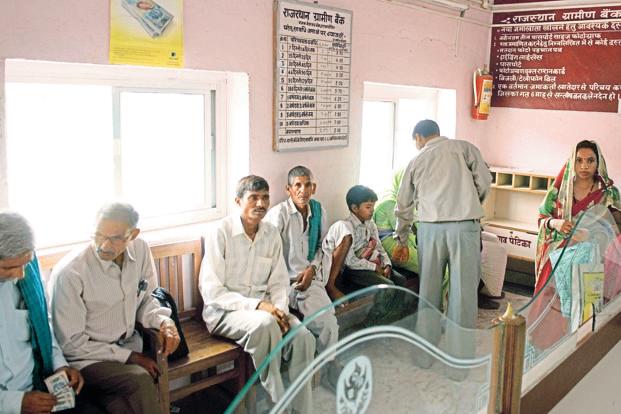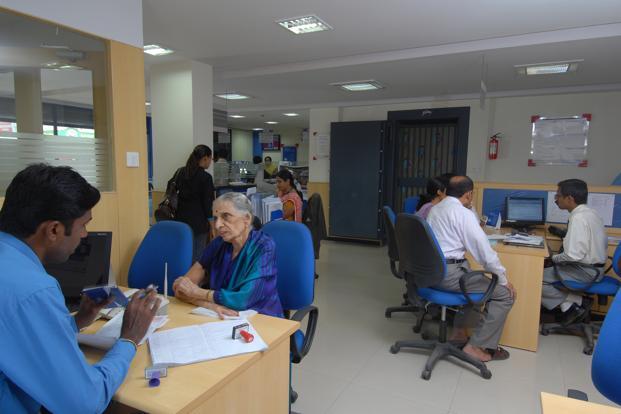Mumbai: Some overseas investors and many in India’s corporate sector believe that Reserve Bank of India (RBI) governor Raghuram Rajan has been doing a fantastic job, but they have one complaint: Rajan, who completed his second year in office last week, like his predecessor D. Subbarao, has been behind the curve. While Subbarao was slow in raising interest rates, allowing inflation to surge, Rajan has been slow in cutting rates.
Before he stepped down as RBI governor, Subbarao had admitted that the economy would have been better served if the monetary tightening had started sooner and had been faster and stronger. However, I am sure that Rajan would not say in future that monetary loosening should have been faster to serve the economy better. Indeed, he is slow in paring rates, but this has been a deliberate act as he wants to kill inflation once and for all. In doing so, he has made RBI one of the most credible central banks in the world.
Rajan has changed the contours of India’s monetary policy, but equally significant is the way he has been dealing with the structural issues in the banking sector. He has told the promoters of companies in no uncertain terms that borrowing is not their divine right even as banks are struggling with mounds of bad assets.
RBI has created a new class of “non-cooperative borrowers” beside the “wilful defaulters” to plug the loopholes in bank lending processes and curb the rise of bad loans. Recalcitrant borrowers, I am told, have started coming to the discussion table with bankers and repay loans. The bankruptcy code, which has been in the making, will help change the credit culture.
Rajan has also been instrumental in changing the banking landscape in India. First, he speeded up the process of giving licences to two universal banks and followed it up by introducing a differentiated licensing system. Eleven payments banks have already been given the nod and soon we will see small business banks off the blocks. Quite a few foreign banks are expected to be locally incorporated and get freedom to open branches and even acquire domestic banks.
If Rajan sticks to his words of offering universal banking licences on tap, access to formal banking services will dramatically increase in Asia’s third largest economy at a reasonable cost. This will be an achievement considering the fact that in the last 21 years, India has given licences to 12 new banks, and nearly two-thirds of the nation’s adult population are still deprived of banking services.
Rajan’s approach to monetary policy, however, is not being uniformly lauded. Since January, he has cut the policy rate by three-quarters of a percentage point to 7.25%, and if the US Federal Reserve decides not to hike its policy rate this month, we may see another round of rate cut by the month end, when RBI reviews its monetary policy.
However, many feel he should have been more aggressive in rate cuts to prop up growth. India’s gross domestic product growth, as measured at market prices, slowed to 7% in the April-June quarter—lower than what most analysts had estimated (7.4%) and the previous quarter’s 7.5%. They also don’t like inflation targeting as the sole objective of the policy and the shift of focus from wholesale inflation to retail inflation for which food items with around 50% weight are the key driver.
There can always be a debate on whether inflation targeting should be the lone objective of monetary policy, but no one can deny the fact that this does not give the central bank any discretion and makes the process of policymaking transparent. The classic growth-inflation dynamic has room for discretion by the central bank and “intervention” by the government. Clearly, Rajan has chosen inflation as the enemy No. 1 and this has been a fight to the finish. He may cut the rate to 7% later this month not because growth is faltering, but because retail inflation dropped to 3.5% in July and may remain at a lower level than RBI’s target of 5.8-6% in January, driven by falling crude and commodity prices.
Taming inflation, according to Rajan, is essential for sustained long-term growth and not steroids in the form of lower rates or an easier liquidity position. At a recent conference in Mumbai, he said that it is not the role of the central bank to elevate sentiment unduly, to deliver booster shots to the stock market so that it can soar for a while, only to collapse when reality hits. And, containing inflation is only the first round of the battle that he has been fighting. Unless the fight continues, inflation expectations will not be reined in and this is critical for sustainable growth. Rajan’s stinginess in creating a more accommodative monetary policy will create some short-term pains, but in the longer run, the economy will be on a firmer footing. Those who have got their vision enveloped by years of high inflation are not able to appreciate Rajan’s game plan.
His biggest achievement is creating positive real interest rates—something we had not seen for long. The result is not visible as yet, but it will encourage more savings. Indeed, a dull real estate market and volatility in gold prices are playing a role in diverting money to financial assets, but the fact that banks have been continuously cutting their deposit rates proves that Rajan’s plan of keeping real interest rates positive is working.
If he is able to contain inflation according to the plan, retail inflation should be less than 6% in January 2016, 5% in January 2017 and 4% in January 2018. This means, the RBI policy rate should be around 5.75% in next two-and-a-half years. Low interest rate, lower inflation and higher financial savings are a recipe for sustained economic growth. Have patience; give Rajan room to work according to his plan.



